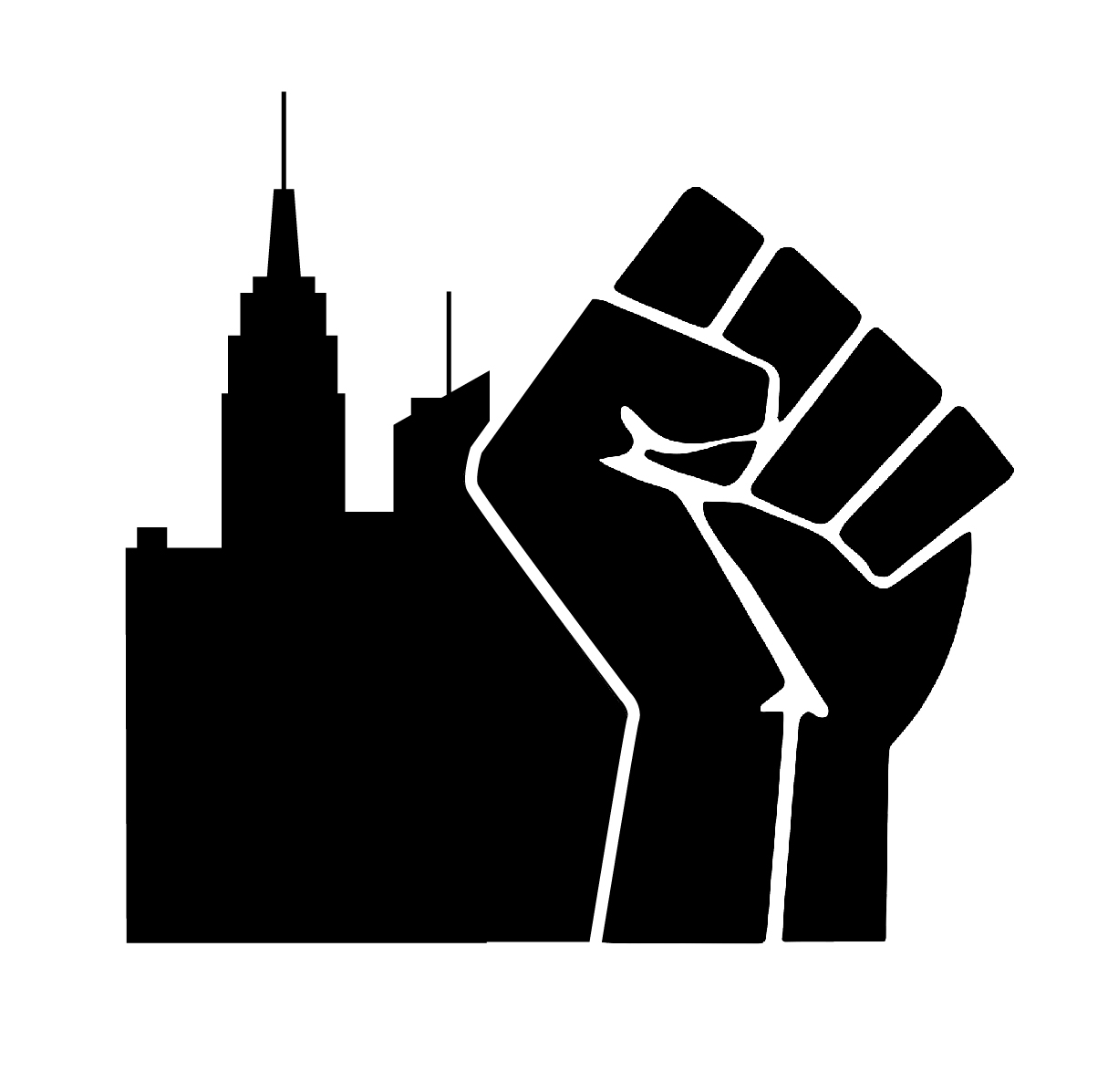The Exploitative College Sports Industry
The NCAA is the omnipotent organization that runs college athletics in the United States. The NCAA and its member college and university athletic departments raked in a whopping $18.9 billion dollars in 2019. If the NCAA and its affiliated athletic departments were a country, it would have the 114th largest Gross Domestic Product globally, placing it in between Afghanistan and Bosnia and Herzegovina. The college athletes are the revenue generators and the labor. Without the college athletes, the NCAA would not exist. Yet, college athletes receive no compensation.
College basketball and football generate the most money for the NCAA and its affiliate schools. While college basketball and football players are predominately black, NCAA executives, athletic directors, coaches, media personalities, and television producers are overwhelmingly white. Thus, the unpaid black athletes make extraordinary sums of money for wealthy white men who reap the spoils of a grossly exploitative system. Please see the list below breaking down the race and salary of those in positions in NCAA sports:
Mark Emmert, NCAA President
College Basketball Head Coaches (Top 20 by salary)
College Football Head Coach (122 Coaches)
Athletic Directors (65 Big Five Conference AD’s)
College athletes should be paid for their labor. Specifically, the NCAA should devise a profit-sharing agreement similar to the one employed by the National Basketball Association (NBA). The NBA splits its basketball-related income evenly between the players and team ownership as dictated by the Collective Bargaining Agreement.
To make matters worse, the NCAA bans college athletes from profiting of their names, images, and likeness (NIL). The NCAA generates large sums of money licensing players’ NIL to sports apparel companies, like Nike and Adidas, and video game manufacturers, as EA Sports. The players cannot make money from their NIL because their NIL is owned by the NCAA. College athletes therefore are stripped of their ability to make money doing endorsements and as social media influencers. For some college athletes, this means eschewing tens if not hundreds of thousands of dollars. Meanwhile, a student who is on a full scholarship for music has the freedom to make, post, and sell his/her songs. And a student who is on an academic scholarship has the ability to make money trading stocks.
Recently, California, Colorado, and Florida passed laws that will require the NCAA to allow college athletes in those three states to make money of their NIL. In addition, a number of current college basketball players have made statements and have tweeted out #NotNCAAProperty to protest the unjust NCAA rules and call for NIL rights. U.S. Congress should pass a law mandating the NCAA to release NIL rights to all college athletes. This will allow college athletes to profit off their names, images, and likeness instead of having this money sucked away by the avaricious NCAA.
The NBA Must End Its Relationship with the NCAA
The National Basketball Association (NBA) is the premier professional basketball league and showcases some of the world’s most decorated and recognizable athletes, from LeBron James to Stephen Curry. The NBA generates approximately $8 billion dollars per year annually. In 2005, the NBA enacted the one-and-done age eligibility rule that required players to be “at least 19 years old during the calendar year in which the Draft is held” or “at least one NBA season has elapsed since the player’s graduation from high school” in order to be eligible to play in the NBA. The one-and-done rule forced top NBA high school prospects to play unpaid NCAA college basketball, bolstering the relationship between the two organizations.
The NBA’s relationship with the NCAA goes way back to 1961, when the NBA put in place a rule that required players to be four years removed from high school before being eligible for the NBA. The rule was part of the NBA’s quid pro quo relationship with the NCAA. The NBA would get the NCAA to train its future players at no cost, while the NCAA would get four years of free labor. The NBA’s four-year rule was invalidated by the Supreme Court in 1971 as violation of federal antitrust law. However, the NBA-NCAA relationship continued as NCAA college basketball remained the de facto training ground for future NBA players. The NBA-NCAA liaison was threatened when players began foregoing the NCAA and went directly to the NBA, beginning in 1995. Subsequently, between 1995 and 2005, thirty-eight players went directly from high school to the NBA. This decade changed the dynamics of the NBA, as the league became younger and blacker. The NBA responded by enacting the one-and-done rule. This, in effect, coerced star high school players into the exploitative clutches of the NCAA.
The one-and-done rule, which has been in effect since the 2006 NBA Draft, has ripped hundreds of millions of dollars out of the hands of young, black star basketball players and deposited it into the bank accounts of predominately wealthy white NCAA executives, athletic directors, coaches, and business and media executives. Before one-and-done, the money went to the black basketball players, in the form of salaries and endorsements, who shunned the NCAA for NBA fame and fortune. These players had the opportunity earn money in the NBA straight after high school. Since 2006, that same pool of money has been transferred from the black basketball players to the exploitative NCAA college basketball system, headed by affluent white men. The NBA must end its relationship with the NCAA now. The NBA should end the one-and-done rule and allow players to enter the NBA once they graduate from high school. This will transfer the large pool of money from the NCAA back to the predominately black basketball players.

